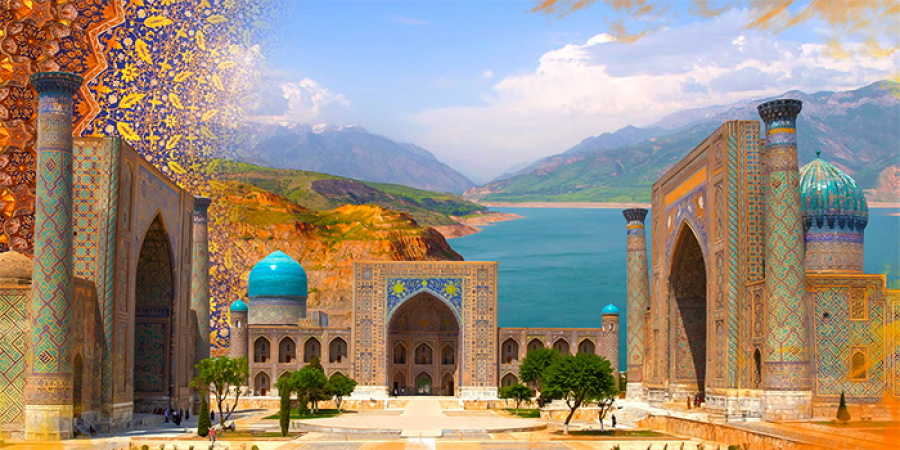
Kazakhstan has devised the
‘Central Asia – 2040’ development strategy. The document will be adopted at the
Consultative Meeting of the Heads of State of Central Asia in Astana on August
9 and hold conceptual significance for the entire region. It encapsulates the
priorities of convergence aimed at expanding the five-party interaction among
the countries. President Kassym-Jomart Tokayev underscored this during a
meeting with the Security Council Secretaries of Central Asian states.
Presently, the region demonstrates robust economic growth. Over the past five
years, trade between Central Asian countries has surged by over 80 percent,
exceeding $10 billion. Further development requires stability, achievable
through collective efforts to confront challenges, the Head of State noted.
Thus, the first meeting of Security Council Secretaries is intended to become
an effective platform.
“We view the active involvement
of Afghanistan in regional connections as one of the strategic objectives at
this stage. The coordinated stance of our countries plays a crucial role in
this regard. We consider it important to establish the UN Regional Centre for
SDGs for Central Asia and Afghanistan in our country,” Tokayev said.
The Head of State highlighted the
high level of cooperation among the states across all spheres and directions.
Moreover, this partnership extends beyond the region’s borders. Global players
have shown interest in active engagement within the C5+1 format. This is
evidenced by the outcomes of meetings held last year with the EU, China, the
U.S., Germany, and Arab states. President Tokayev urged joint efforts to
counter external forces seeking to divide the region’s countries.
“I would like to assure you that
we firmly reject such approaches and attempts. Overall, there are no issues
among our countries that we cannot find mutually acceptable solutions to. I am
convinced that only the synergy of joint actions and mutual support can pave
the way for the prosperity of our fraternal peoples,” Tokayev added.
The Head of State noted the need
for further institutional enhancement of the five-party format, emphasizing
that the primary outcome of the summit in Astana could be the completion of the
signing procedure for the historic Treaty on Friendship, Good Neighborliness,
and Cooperation for the Development of Central Asia in the 21st century.








